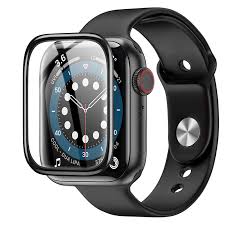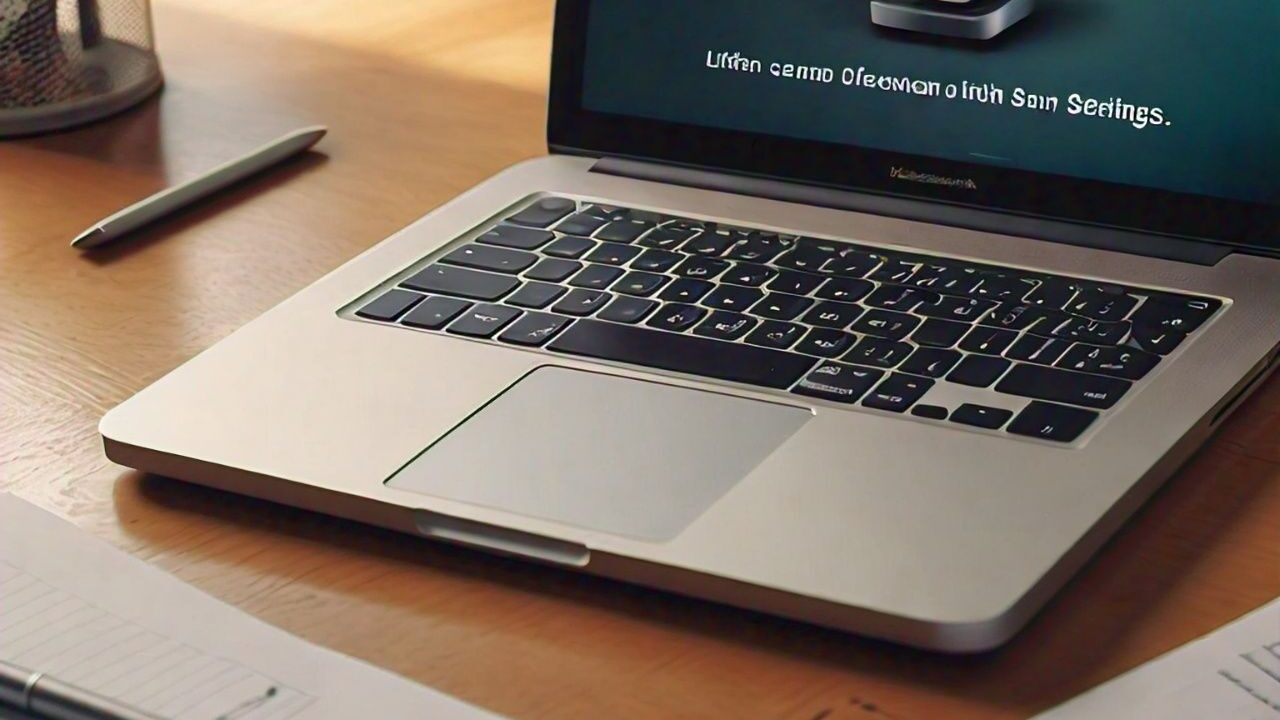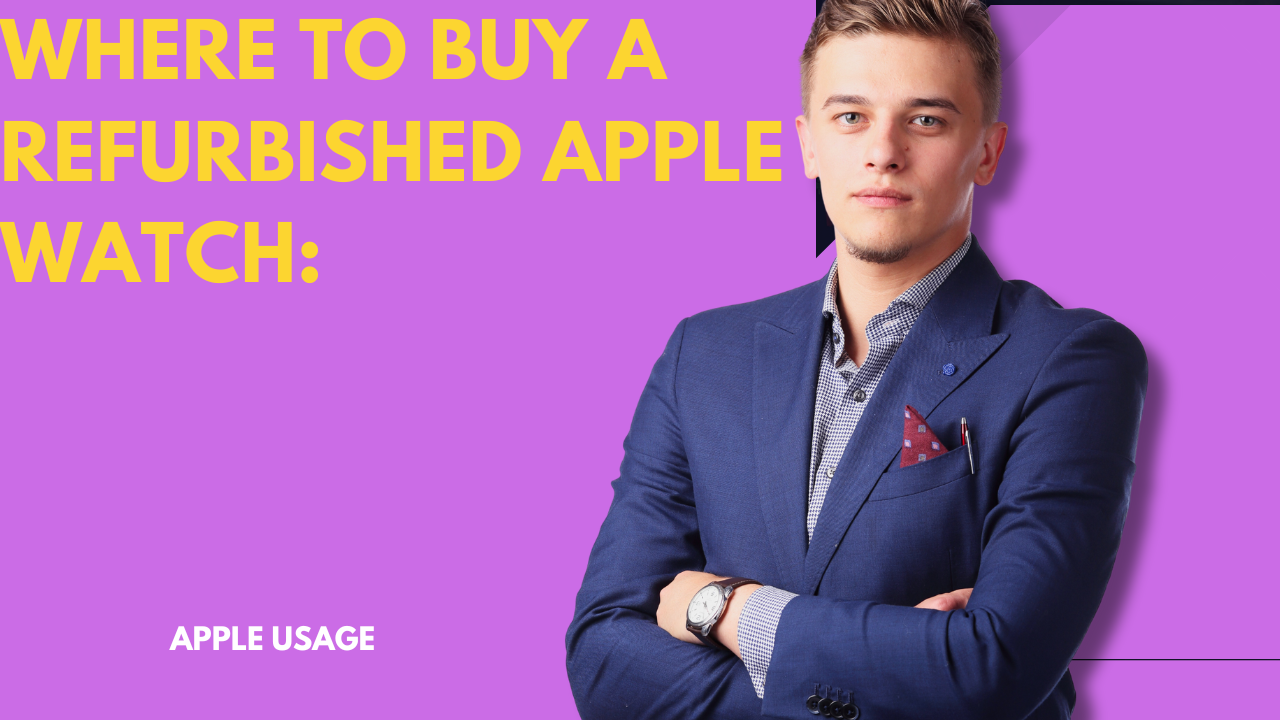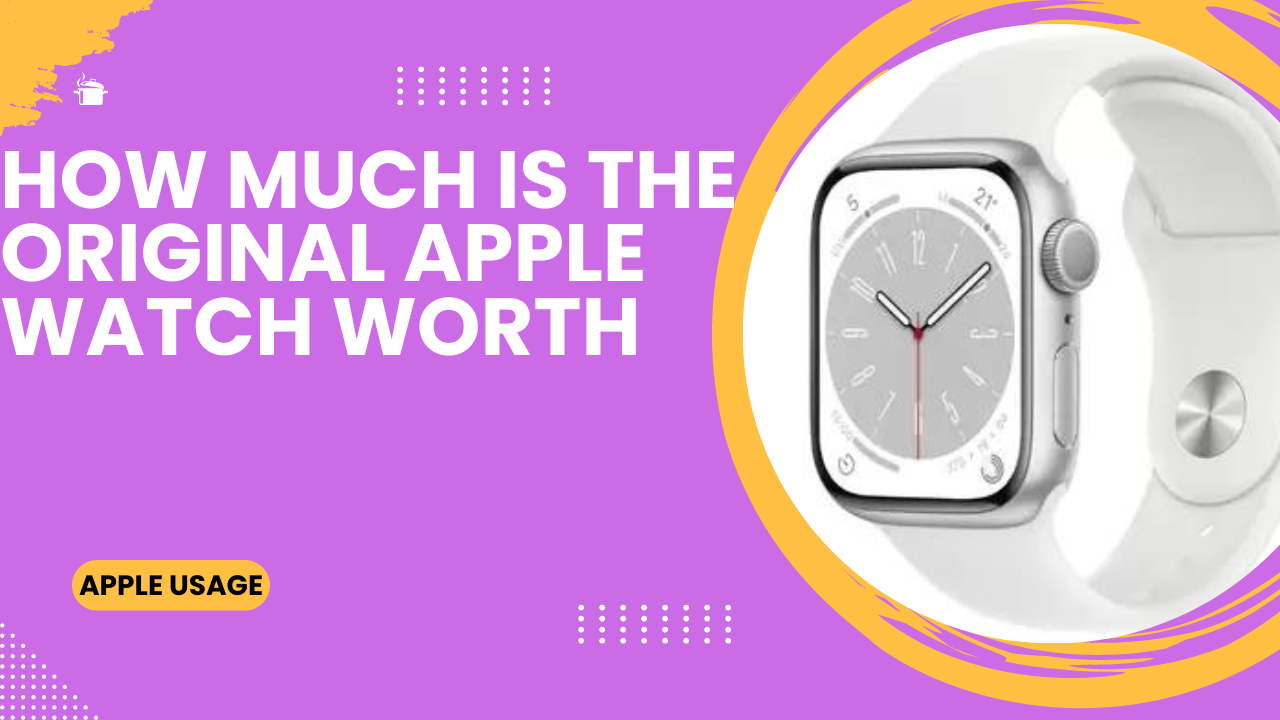With the prevalence of paper-thin gadgets and wearable tech, the Apple Watch stands out as a top style choice, successfully incorporating style and functionality. However, with its delicate screen exposed to the rigors of daily use, the question arises: do you get a screen protector for your Apple Watch?

The author should elucidate the reasons why you should use screen protectors on your smartphone.
In the digital era, our Apple Watch is an inextricable part of ourselves. We feed them all information from energy expenditure to social communications. However, due to frequent use, there is a risk of damaging the fragile screen like scratches and cracks. This is where screen protectors do their work, and they offer vital shielding for your beloved Apple Watch.
What unacceptable.expressions.to.you.yourself.
The screen guard is the minimum thick transparent film that can be put on the screen of your Apple Watch. These protections do not only keep the screen scratch-free but also scuff and impact-resistant.
Here are some key benefits of using a screen protector:
There are following benefits are;
Scratch Resistance:
The front glass of Apple watches can get easily scratched by keys, coins, or everyday wear and tear. Furthermore, a good quality screen protector provides he’s the surface, thus maintaining the pureness of your display.
Impact Protection:
Sometimes, unintentional moves are likely. Being completely protected from a major fall can’t be guaranteed by the screen protector, but the risk of a screen break can be significantly reduced by it.
Reduced Fingerprint Smudges:
A large number of shields have an oil-resistant coating that lets you keep your device clean, and free of fingerprints.
Apple Watch Screens Are Fragile.
There are following screens are;
Gorilla Glass:
While Apple uses Scratch-resistant Gorilla Glass, it is not impenetrable. Despite risk-free movements, cracks and chips are still possible.
Curved Design:
The curved edges of the Apple Watch screen make it more resistant to damage from side-edge drops as compared to a flat screen.
Daily Wear and Tear:
During the entire swiping and tapping, little scratches and scuffs may appear in the future over time.
Factors Influencing Screen Protection
It’s all about choosing a screen protector that reflects your needs and lifestyle. Here are some factors to consider: Here are some factors to consider:
Material:
The tempered glass will lower the chance of scratches and impacts while TPU (thermoplastic polyurethane) is more flexible and more resistant to scratches.
Thickness:
The thicker protectors offer better protection but may negatively impact touch sensitivity. In this contrast, thinner coverings have a great kind of response but poor impact protection.
Anti-Glare/Privacy:
Some screen protectors are anti-glare coated, and some of them offer privacy filters that limit the viewing angles.
Things Benefiting from a Screen Protector
We are hugely connected by phones, tablets, and other devices but the factor of screens breaking at this moment gives us a lot of anxiety. Chips, cracks, and scratches have not only beauty factors but also functions to reduce. This is how screen protectors become useful, and they guarantee a reliable and fast way to protect your expensive devices.
Shield Against Scratches:
Keys, coins, and even our fingers may scratch your screen. The best screen protector is a sacrificial layer that engulfs even these minor damages and keeps your phone’s screen looking flawless over time. This is even more important for plastic screens that are scratchy over glass ones.
Protection from Impact: Safety First
Are these unwanted downward pushes not often seen? The screen protector cannot 100% guarantee that your device is free from huge falls, yet it can minimize the effect on the screen of the device. Tempered glass, for instance, is laminated so that when it breaks upon impact, it absorbs the force to prevent the original screen from incurring expensive repairs.
Maintaining Aesthetics:
It does not just reduce their operation but also distorts the beauty of the appearance of the screen. A competent screen protector would prolong the flawless look of devices and keep them looking sleek. This is especially relevant for those who like the gadgets to be in perfect shape and also want to sell them in the future.
Preserving Resale Value:
A cracked screen can affect the resale value of your device much and lower it. Buying a protection screen is a sort of taking care of your investment. When the time for an upgrade comes in, a smash-free screen will be worth much more than a device with scratches and breaks.
Screen Protector Types for Apple Watch
There are the following types of Apple watches;
Plastic Film Protectors:
Plastic film protectors are the most inexpensive form of Apple Watch screen safeguard. They are thin, lightweight, and have a good scratch-proof.
Here’s a breakdown of their key features:
There are two types of features;
-
Pros:
There are following pros are;
Budget-friendly:
Plastic shrink wrapping is the least expensive solution.
Flexibility:
They are very flexible molding to the sinuous curves of the Apple Watch monitor.
Touch Sensitivity:
They exert little damage to the sensitive areas due to their thinness.
-
Cons:
There are following cons are;
Limited Impact Protection:
While they can defend the minor scratches, they are unable to protect from quite severe falls and impacts.
Durability:
Plastic film packets may get worn out and become cloudy.
Visibility:
Some inferior polyester films could show slight screen fog.
Plastic film protectors are an appropriate decision among budget buyers or individuals who value the factory look and feel of the Apple Watch.
Tempered Glass Protectors:
Tempered glass protectors are the most covered glass screen Apple Watch. Using chemically-treated glass, they offer the maximum of anti-scratch and shatter-proofs. Here’s a closer look at their benefits and drawbacks:
-
Pros:
There are following are;
Superior Protection:
Tempered glass is more impact-resistant in comparison to plastic film and gives you more protection from drops and accidental bumps.
Scratch Resistance:
They take care of scratches and ensure that your Apple display is clean for eternity.
Clarity:
Top-grade tempered glass for your Apple Watch screen is nearly unnoticeable, and it keeps the original vibrancy.
-
Cons:
There are the following cons;
Cost:
Both tempered glass covers and plastic film protectors are not very cheap.
Thickness:
They were not as thick as plastic films which takes the touch slightly.
Bulk:
Toughen glass snap-on shields can plump up the Apple Watch slightly.
Installation and Maintenance Tips
Screen protectors are one of your gadgets’ most crucial safeguarding equipment. They help keep scratches and cracks at bay along with the other everyday wear and tear. However, it is not enough to just install them efficiently. They need to be properly maintained to function well. Here’s a guide to help you get the most out of your screen protector:
Proper Installation Process:
A perfect installation is a must to get the most out of your screen protector. Here’s a step-by-step approach to ensure a smooth and bubble-free application:
Cleanse the Canvas:
Start with the spotless cleaning of your device screen with a microfiber cloth or a screen cleaning wipe and skip the strong chemicals. Remove dust, fingerprint, or any residual oil to ensure a smooth surface and bonding.
Find a Dust-Free Zone:
Identify a well-lit, smooth, and dust-deprived space. A dust layer can easily form between the screen of the device and the protector, so reducing airborne particles is essential.
Utilize the Tools:
The kit to sustain screen protectors is also equipped with cleaning wipes, dust removal stickers, and alignment guides. Use these tools to make the process more precise and error-free.
Peel with Care:
Apply the labelled layer of the screen protector showing the sticky side to you correctly. Take care not to touch it with your fingers, as skin oils can be subversive to adhesion.
Alignment is Key:
Use the provided stickers or markings on the screen protector as guideposts for positioning it on your device’s screen. Carefully try out all sides by taking adequate time.
Squeegee Away Bubbles:
After flattening, press the rest firmly with the edge of the curved side and squeeze or microfiber cloth provided in most of the kits in the direction of the edges of the glass to remove all the air bubbles.
Pro Tip:
For something smaller, softly peel the top protector at the corner of the bubble and use a dust removal sticker to take out dust. Then, tuck it back into place and use the squeegee to smoothen it.
Cleaning and Care:
Once you have installed your screen protection, you need to do proper cleaning and care to preserve its clarity and functioning. Here are some key practices:
Microfiber Magic:
You need a microfiber cloth to remove dust, fingerprints, and smudges from your screen protector. Clean it gently. Prevent the use of rough towels or papers, as they may scratch the protector.
Skip the Harsh Chemicals:
Do not apply harsh cleaning solutions or chemicals on your screen protector since this can damage the adhesive layer or create cloudiness. Prefer water to the screen cleaning solution if need be.
Beware of Sharp Objects:
Make sure that the keys and knives that may cause scratches are not near the screen protector.
Addressing Common Concerns

you might have some concerns before investing in one. Let’s address three of the most common anxieties users have about screen protectors:
Compatibility with Cases:
A major mystery is whether a screen guard will be well in line with the manufacturing of your previous glass screen. Here’s what you need to know;
Check Case Specifications:
Lots of mobile phone case producers have included in their specifications the issues related to aligning with screen protectors. Read the package label or check the product details online.
Full Coverage vs. Case-Friendly:
Among screen protectors, one that is completely edge-to-edge might not be compatible with all cases, especially cases that are slim-fitting. For best results, choose a “case-friendly” protector that has a small gap around the edge to ensure a case that fits easily.
Tempered Glass Thickness Matters:
A tempered glass screen cover will feel thicker than a plastic film cover. If you prefer using a tight case, a thicker guard might lift or render the buttons inoperable as a result. To guarantee a proper fit, go for a tempered glass protector with the dimensions that are listed in the specifications.
Taking these aspects into account and selecting a suitable screen protector and case at the same time will save you the trouble of encountering any compatibility issues between devices with that purpose.
Impact on Touch Sensitivity:
Some users, however, are afraid that screen protectors may slow down their device’s response time. Here’s a breakdown of what to expect;
Modern Materials, Minimal Impact:
Top screen protectors which come in thin, flexible, or premium tempered glass choices, for example, don’t usually affect sensitivity.
Testing is Key:
If you’re worried about it, please take your device and install the screen protector to see if there is any change in the sensitivity of the touchscreen. This negligible impression is detected by most users.
Calibration Option:
In some instances, devices offer you to tune touch sensitivity after installing a screen protector. If you have the opportunity, please reflect on this query to give the best feeling.
Typically, the benefits of screen protection are immense and they overcome tiny drops in the sensitivity of touch that are associated with some protectors.
Cost Considerations:
Screen protectors vary in price from an affordable plastic coating to advanced tempered glasses. Here’s how to find the value proposition that suits you;
Needs vs. Budget:
Think about what suits your needs and way of life. With accidental drops being your arch enemy, a tougher tempered glass protector may be a more viable option. For elementary-level scratches, the use of a plastic film could do.
Replacement Frequency:
Count how frequently your screen protector gets replaced. Low-cost choices wear and tear out quickly and you may need constant replacements, so select whichever brand you like to be able to keep the look of your vehicle for longer.
Warranty Options:
Some types of screen protectors come with a lifetime warranty, and it’s less expensive in the long run when you take into account the cost of replacing them often.
Conclusion
Finally, it all boils down to your taste and way of life. However, the advantages of extra protection and profound tranquility are worth the investment. Screen protection options range from plain plastic film to high-end tempered glass, with the latter being a wise decision that boosts the device’s appearance and durability.
FAQs:
There are the following FAQs;
Q1: Do the screen protectors alter the touch sensitivity of Apple Watch screens?
No, high-caliber screen protectors are meant to keep the touch screen of your Apple Watch responsive, thereby ensuring great interaction with it.
Q2: Can I use a screen protector along with a protection case?
It is worth noting that screen protectors are usually compatible with the Apple Watch cases and so provide full protection for your device.
Q3: Do plastic film or tempered glass screen protections work better?
The tempered glass screen protectors superior resistance to scratches, drops, and shocks compared to those made of plastic film makes them the most popular screen protectors in the market.
Q4: How often do I need to replace my Apple Watch screen guard?
You need to be sure to replace your screen protector once in a while, for instance, if it looks used, scratched, or damaged. Use the replacement times given by the manufacturer.
Q5: Will using a screen protector for my Apple Watch invalidate the warranty?
No, if you use a screen protector correctly and it doesn’t result in any harm to your Apple Watch then no screen protector will void its warranty.




